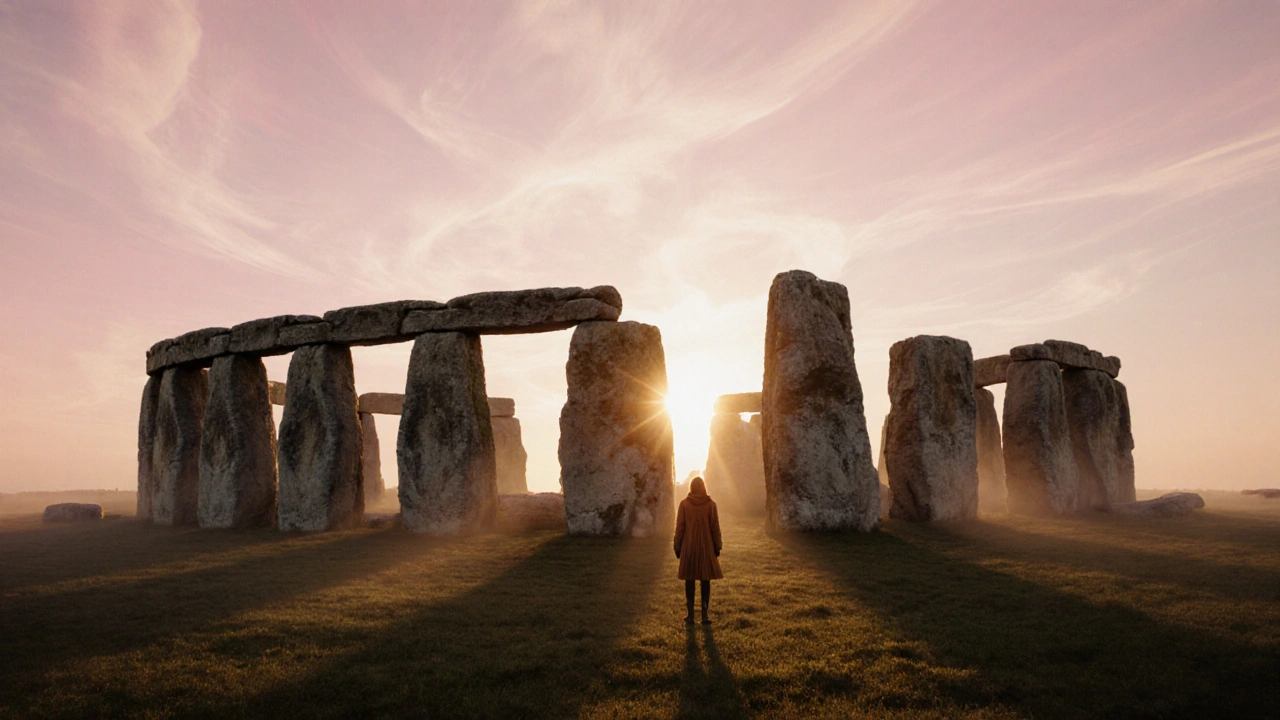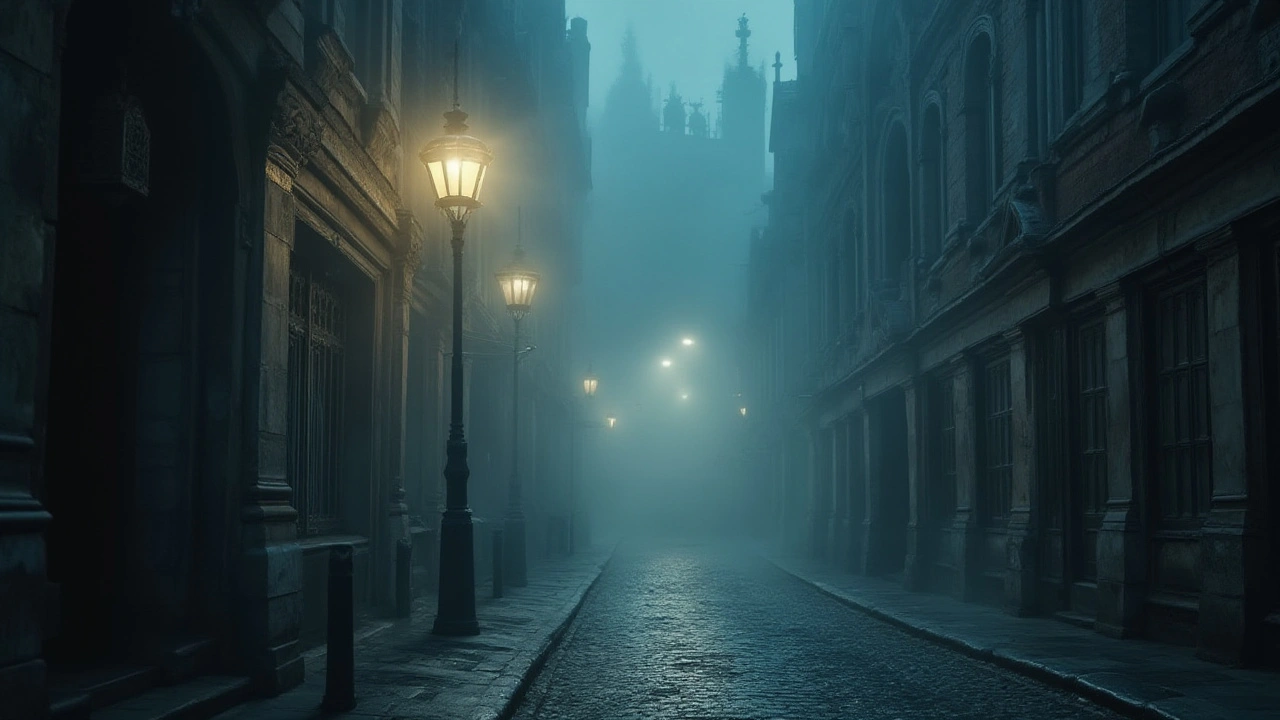
The Most Inspiring Historical Sites for Your Next Adventure in London
Discover the most inspiring historical sites near London-from Roman walls to Viking markets and Nelson’s warship. These aren’t just tourist spots; they’re living chapters of Britain’s past, just a train ride away.
View More